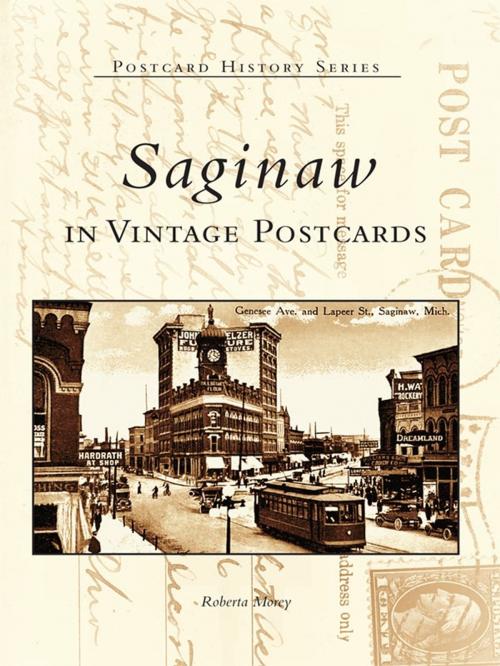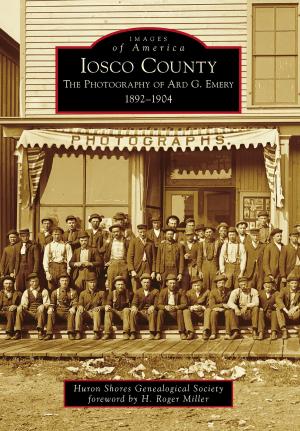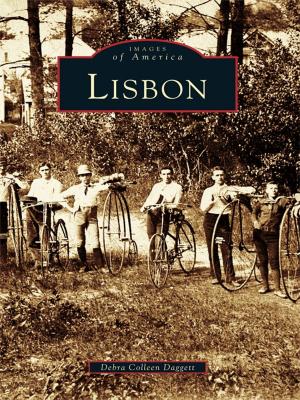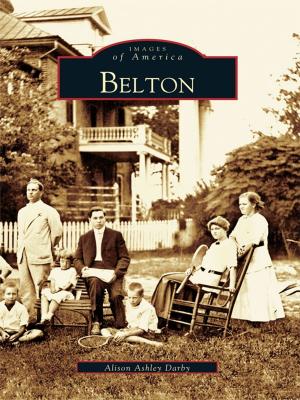Saginaw in Vintage Postcards
Nonfiction, Art & Architecture, Photography, Pictorials, Travel, History, Americas, United States| Author: | Roberta Morey | ISBN: | 9781439631416 |
| Publisher: | Arcadia Publishing Inc. | Publication: | August 11, 2004 |
| Imprint: | Arcadia Publishing | Language: | English |
| Author: | Roberta Morey |
| ISBN: | 9781439631416 |
| Publisher: | Arcadia Publishing Inc. |
| Publication: | August 11, 2004 |
| Imprint: | Arcadia Publishing |
| Language: | English |
Because of its excellent river system, Saginaw developed from an Indian village into a bustling lumber town. In its early days, investors came from eastern cities and became wealthy lumber barons. They built beautiful mansions, hotels, and public buildings while they also supported civic projects. Before consolidating, there were two cities: East Saginaw and Saginaw City, separated by the Saginaw River. Many German societies, schools, and churches were organized in the area, due to the large number of residents with a German heritage. The early residents survived fires, floods, and the end of the lumber boom. Other industries developed and the city continued to grow. The rare postcards that appear in this book depict many historical buildings, the two separate cities, the German influence, and the philanthropy of the lumber barons. Join author Roberta Morey on a journey through Saginaw's rich industrial and cultural history.
Because of its excellent river system, Saginaw developed from an Indian village into a bustling lumber town. In its early days, investors came from eastern cities and became wealthy lumber barons. They built beautiful mansions, hotels, and public buildings while they also supported civic projects. Before consolidating, there were two cities: East Saginaw and Saginaw City, separated by the Saginaw River. Many German societies, schools, and churches were organized in the area, due to the large number of residents with a German heritage. The early residents survived fires, floods, and the end of the lumber boom. Other industries developed and the city continued to grow. The rare postcards that appear in this book depict many historical buildings, the two separate cities, the German influence, and the philanthropy of the lumber barons. Join author Roberta Morey on a journey through Saginaw's rich industrial and cultural history.















